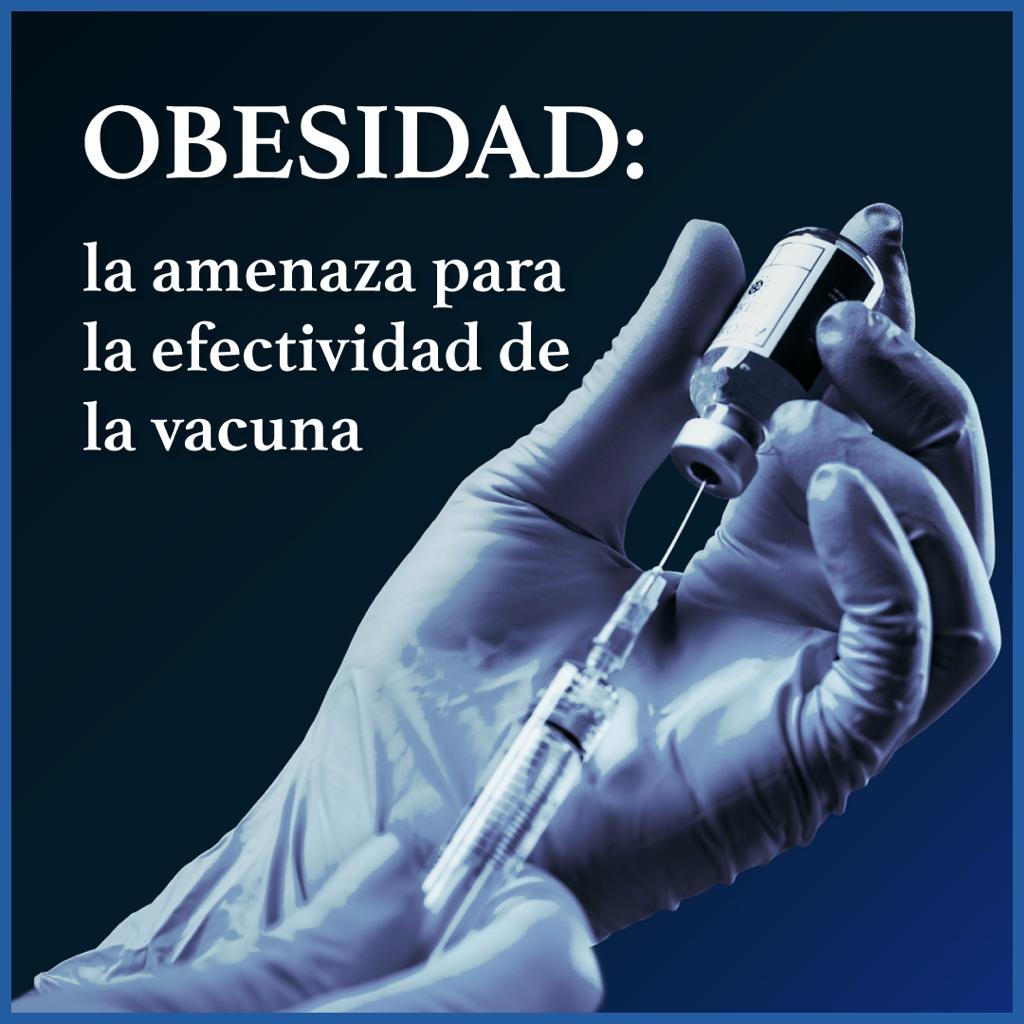Blog
You will be able to find valuable data and information about the procedures we carry out. Learn and discover more about gastric sleeve, gastric bypass and metabolic bypass surgeries.

Obesity and Covid-19: Dangerous Combination
Obesity is a complex and multifactorial metabolic disease that causes people who suffer from it to live in a chronic inflammatory state, thus having a weakened immune system that prevents them from facing the coronavirus.

Obesity, the threat to the effectiveness of the vaccine
According to specialists, having a depressed immune system, the obese person becomes the perfect target to develop the most serious and deadly states of the coronavirus and even a vaccine could not be effective in it.

Why does the 'rebound effect' occur after removing an intragastric balloon?
Currently, many overweight or obese patients who undergo minimally interventional weight loss treatments (such as the intragastric balloon) suffer the so-called rebound effect, mainly due to lack of commitment to medical indications and changes in lifestyle , and because the method used for this purpose is not very effective.






